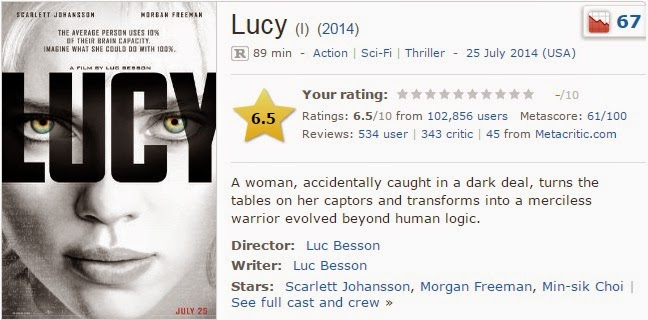All good things come to an end, for greater things to happen. And then there are some, who just have to end. Loop Mobile (erstwhile BPL Mobile) is one such example.
If you are not living in Mumbai or never heard of Loop Mobile, I can understand. But if you have been living in Mumbai for a year at least and still never heard of Loop Mobile, then please tell me you don’t have a mobile phone! That is how synonymous Loop Mobile has been with Mumbai. One of the oldest network providers in Mumbai, Loop Mobile once boasted of 3.5 million users in Mumbai. And these are users with a higher ARPU (Average Revenue Per User – a term used by mobile network providers to access the revenue generation capacity of their users).
After losing the opportunity for 2G license extension, Loop Mobile has decided to end their operations. And this will be effective 29th November 2014, after 20 largely lucrative years of service.
Loop Mobile started off as BPL Mobile communications in the year 1994. Mobile phones in those times used to be a luxury and were owned mainly by the elite folks in Mumbai and BPL Mobile provided them network coverage. BPL used their first (private) mover advantage to the fullest by acquiring the elite class in Mumbai who were ready to pay premium rates to connect with their closed ones. When market became competitive with new private players coming in, cost of mobiles started dipping along with the calling rates. More people started buying mobile phones and the new players targeted these folks to increase their market share. BPL Mobile largely retained their loyal customer base. And these loyal customers were retained right till the very end.
I have had a wonderful relationship with BPL mobile. I got my first phone (Nokia 3310) in 2001 and my first connection was BPL mobile. My dad used BPL mobile then and I found no reason to opt for anything otherwise. And this relationship went right till October 2012. That’s 11 long years of loyalty in a highly competitive market! I witnessed Vodafone and Airtel moving up the market share in Mumbai by compromising on lower ARPUs with many of my friends having these connections. Despite this popularity, I felt BPL Mobile fulfilled everything I expected from a network provider. The call rates were also competitive. BPL Mobile also acknowledged my loyalty by providing me with freebies like free calls and offers that were better than others.
Few experiences proved with BPL mobile was more reliable. They stood for quality. Now, is that because of genuinely high quality network or “subscribers are inversely proportional to quality” factor, I don’t know. But it sufficed my need for a quality experience. Even during testing times in Mumbai (bomb blasts, floods etc.), BPL mobile was active when others failed. I remember my friends calling their family members informing them of their safety using my mobile because they had lost their connection!
From 2009 onwards, India started changing for the better. 3G happened. Mobile Number Portability (MNP) happened. Most of the providers bought 3G licenses and were ready for a new war. For reasons unknown to me, Loop Mobile (BPL was renamed to Loop in 2009) decided not to opt for 3G. In 2012, I bought Samsung Galaxy S3. To use my smartphone to the fullest, I had to opt for 3G. Ironically for me, my need for 3G overtook my loyalty. And then I switched to Vodafone. But on the loyalty bit, I retained my BPL number and that’s how it will remain for the foreseeable future.
Thank you for everything BPL / Loop Mobile. Adios amigo.







